| Street Workout Community |
|---|
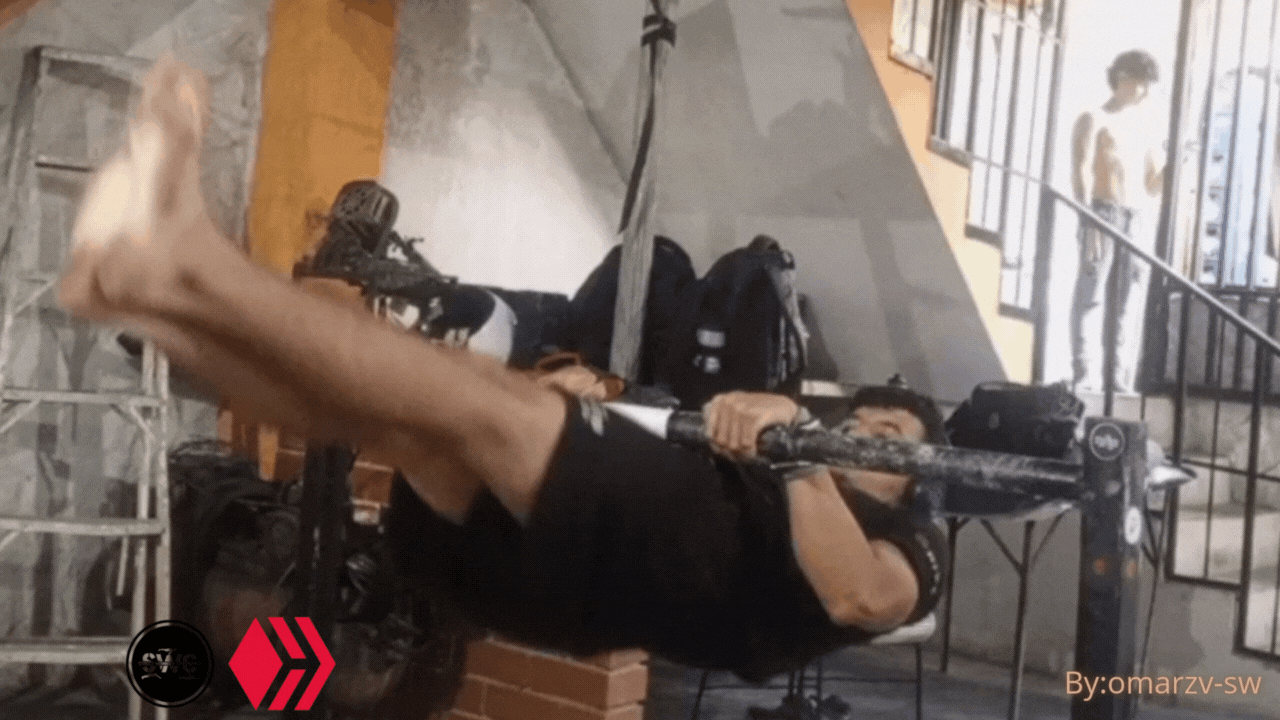
English
# **The Fundamental Role of the Biceps** *Since I started practicing calisthenics, I realized that many people underestimate the role of the biceps in this discipline. There's a common misconception that calisthenics doesn't "really" work the biceps because you don't do dumbbell curls. But over time, and through personal experience, I've learned that this is not only a mistake, but also reflects a profound lack of understanding of how the body works during pulling movements.* *The biceps brachii, the muscle many train for aesthetic reasons, has a much more important function than many people think. In calisthenics, it's not just another muscle; It is a key player in most exercises that involve lifting your body.* |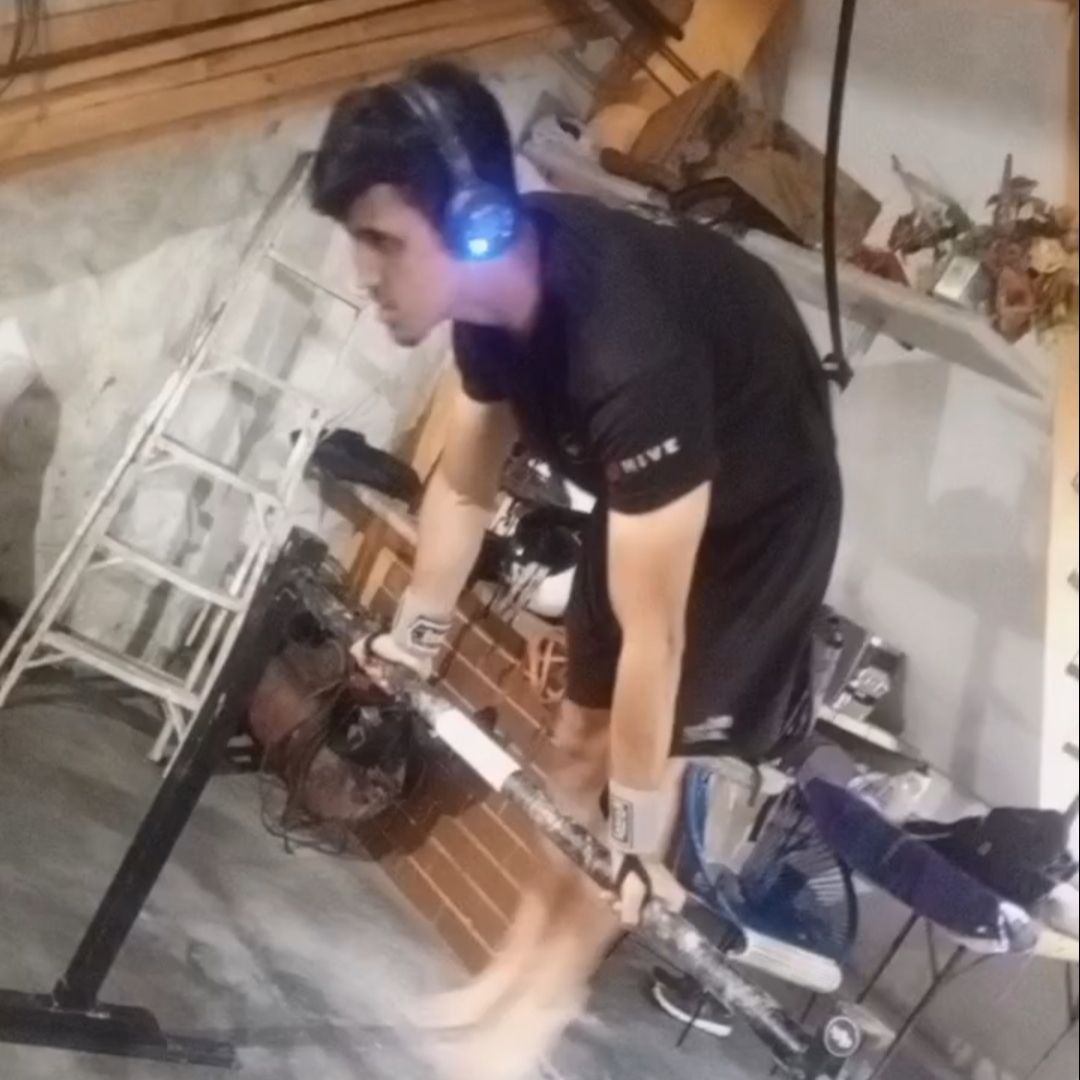|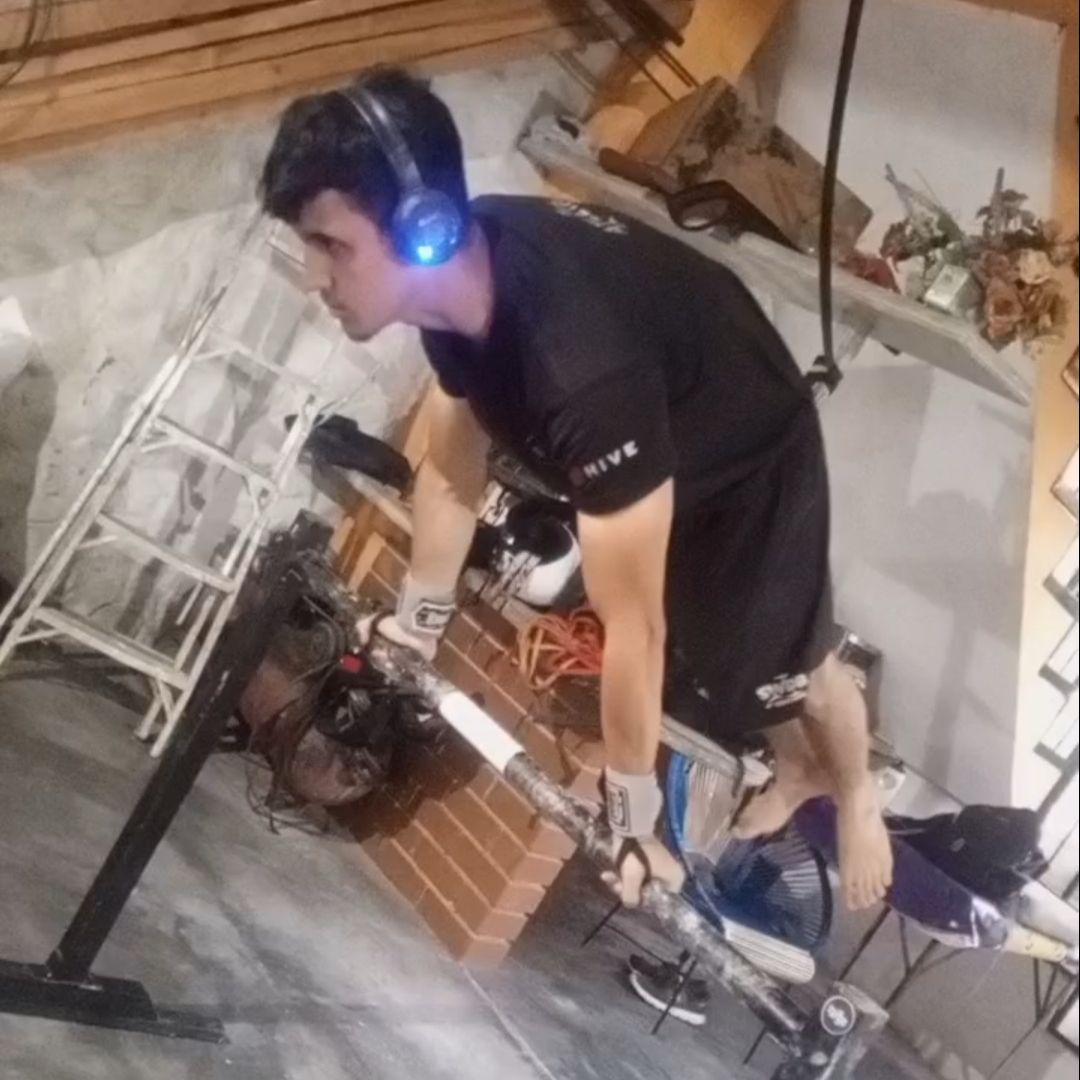| |-|-|  # **The Role of the Biceps in Pulling Movements** *Pulling movements are a fundamental foundation of calisthenics: pull-ups, inverted rows, muscle-ups... all require a significant level of arm strength, especially in the biceps. The primary function of the biceps in these exercises is elbow flexion, i.e., bringing the forearm closer to the upper arm to lift the body. In other words, every time I perform a pull-up or try to hold a static position like the front lever, my biceps are there, working at their best.* *The interesting thing is that, although calisthenics rarely isolates the muscles as in a traditional gym, the work the biceps receives is tremendously effective. Constant contraction, both dynamic and isometric, not only strengthens this muscle but also improves its ability to support and stabilize the body in complex positions.* * **Joint Stability and Body Control** *Another aspect that is not often considered is that the biceps also play an important role in joint stability, especially in the shoulder and elbow. During exercises like the front lever or even a simple, well-executed pull-up, the biceps help keep the arm aligned and protect the joints from unnecessary overload. This stability is essential not only to avoid injuries, but also to achieve good technique.* |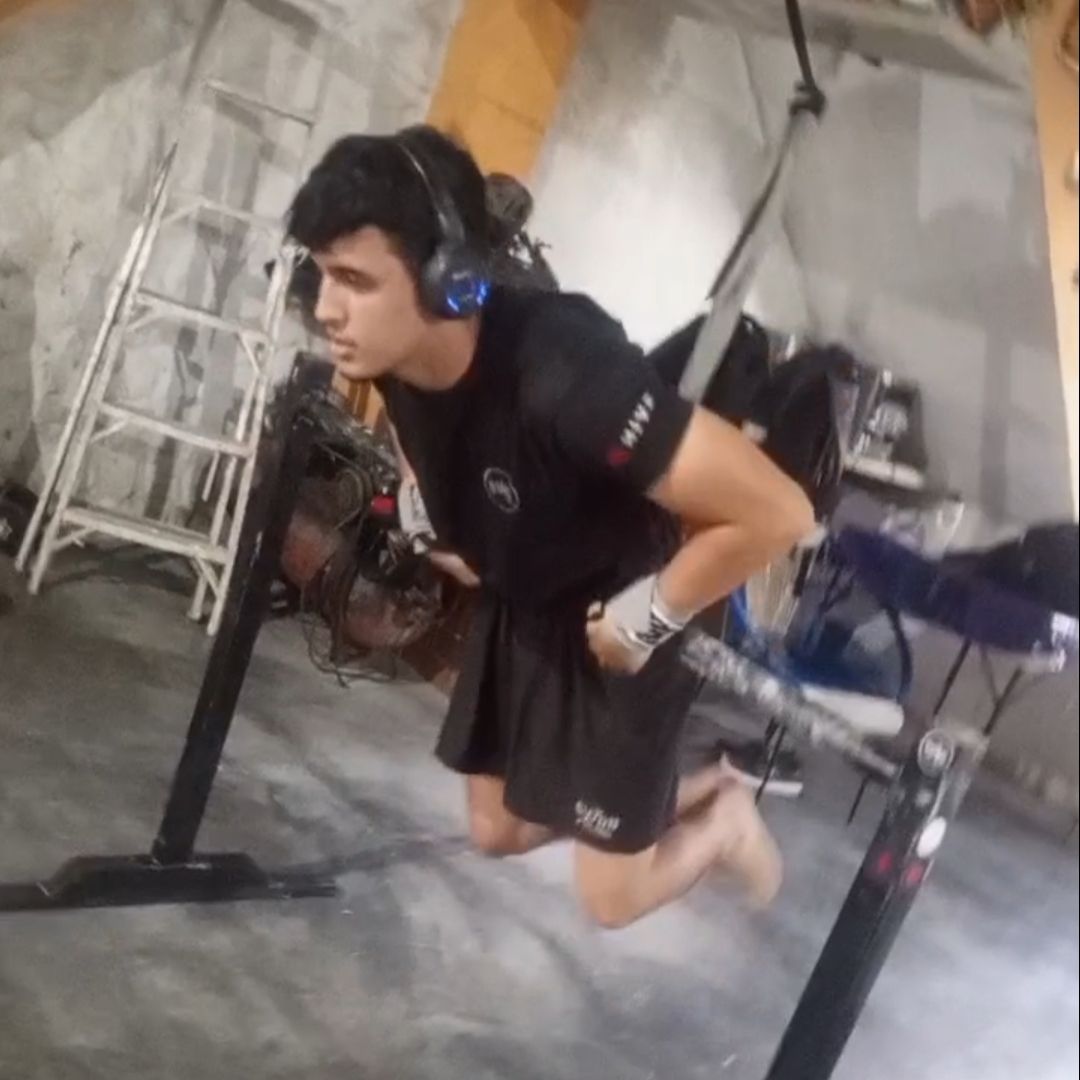|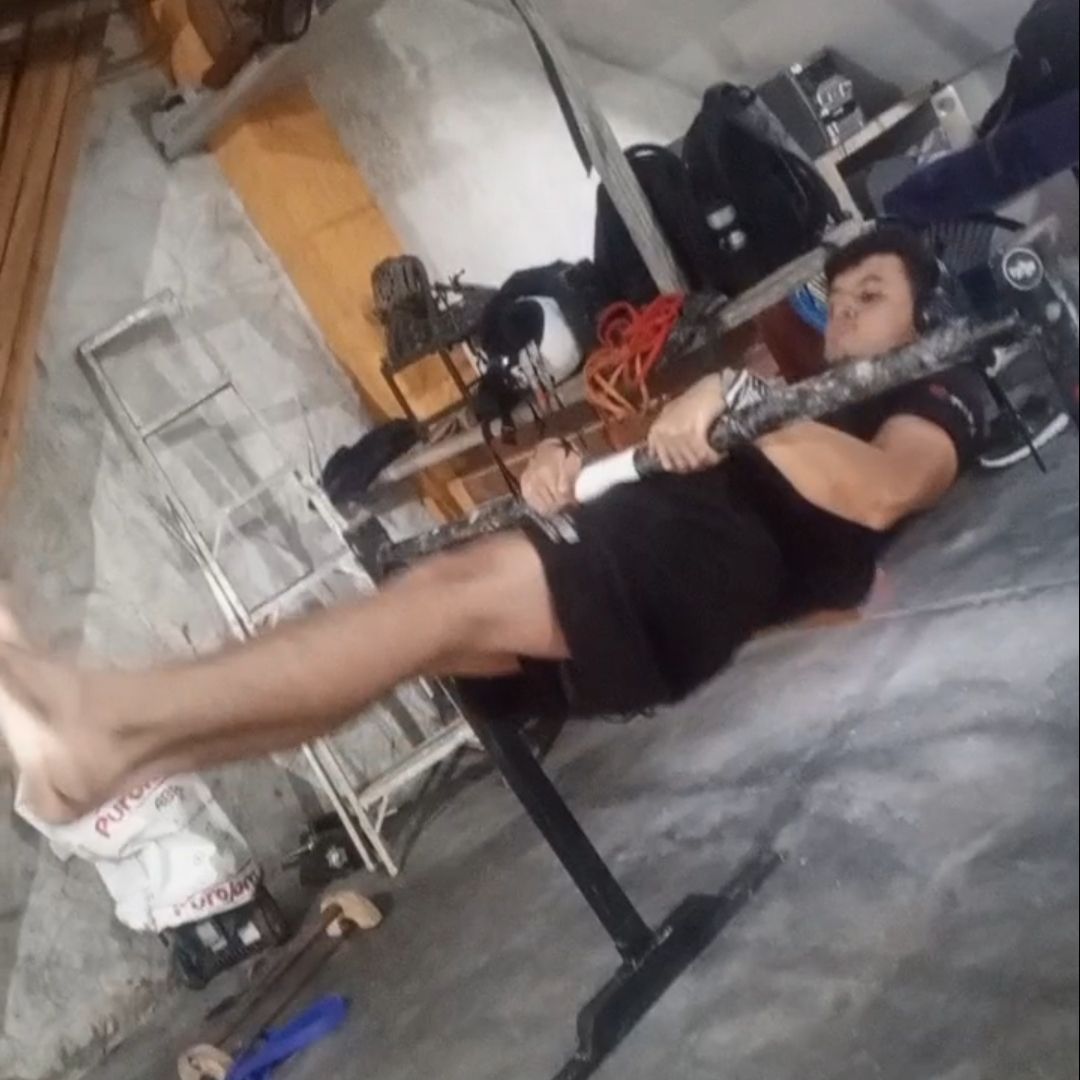| |-|-|  # **Exercises to work the biceps** *From my experience, there are certain exercises that really make a difference in bicep development within the world of calisthenics:* **Chin-ups (underhand grip pull-ups):** *They are, without a doubt, the exercise that I've felt the most in my biceps. The palms-facing grip allows for much greater activation of the biceps brachii compared to traditional pull-ups.* **Australian chin-ups:** *This exercise was one of the first I did when I couldn't do pull-ups yet. It's excellent for beginners, and I keep including it because it allows me to work my biceps with greater control and volume.* **Close-grip pull-ups:** *Here the focus on the biceps is even more intense. By keeping my hands closer together, I feel the load shift directly to my arms, which also greatly aids in hypertrophy.* * # **advanced exercises** *When I set out to learn the muscle-up, one of the first obstacles I encountered was a lack of arm strength. I knew I needed more than just back power or a strong core: my biceps simply weren't ready for that kind of explosive transition.* *The same thing happened to me with the front lever. I thought it was just a matter of abdominal strength, but over time I understood that the biceps, when working isometrically, play a key role in maintaining that horizontal position. Without strong, resilient biceps, progressing in calisthenics becomes much more difficult.* |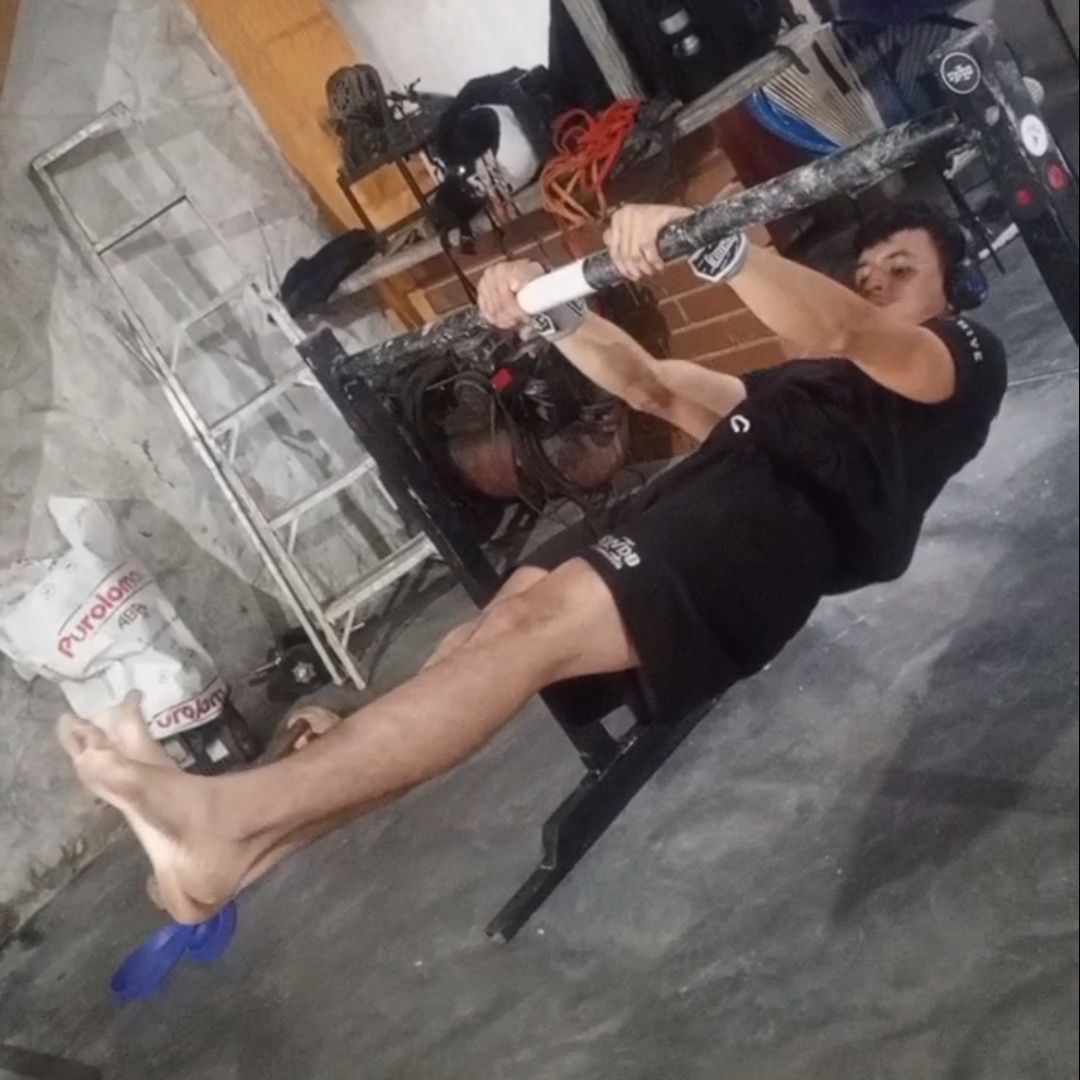|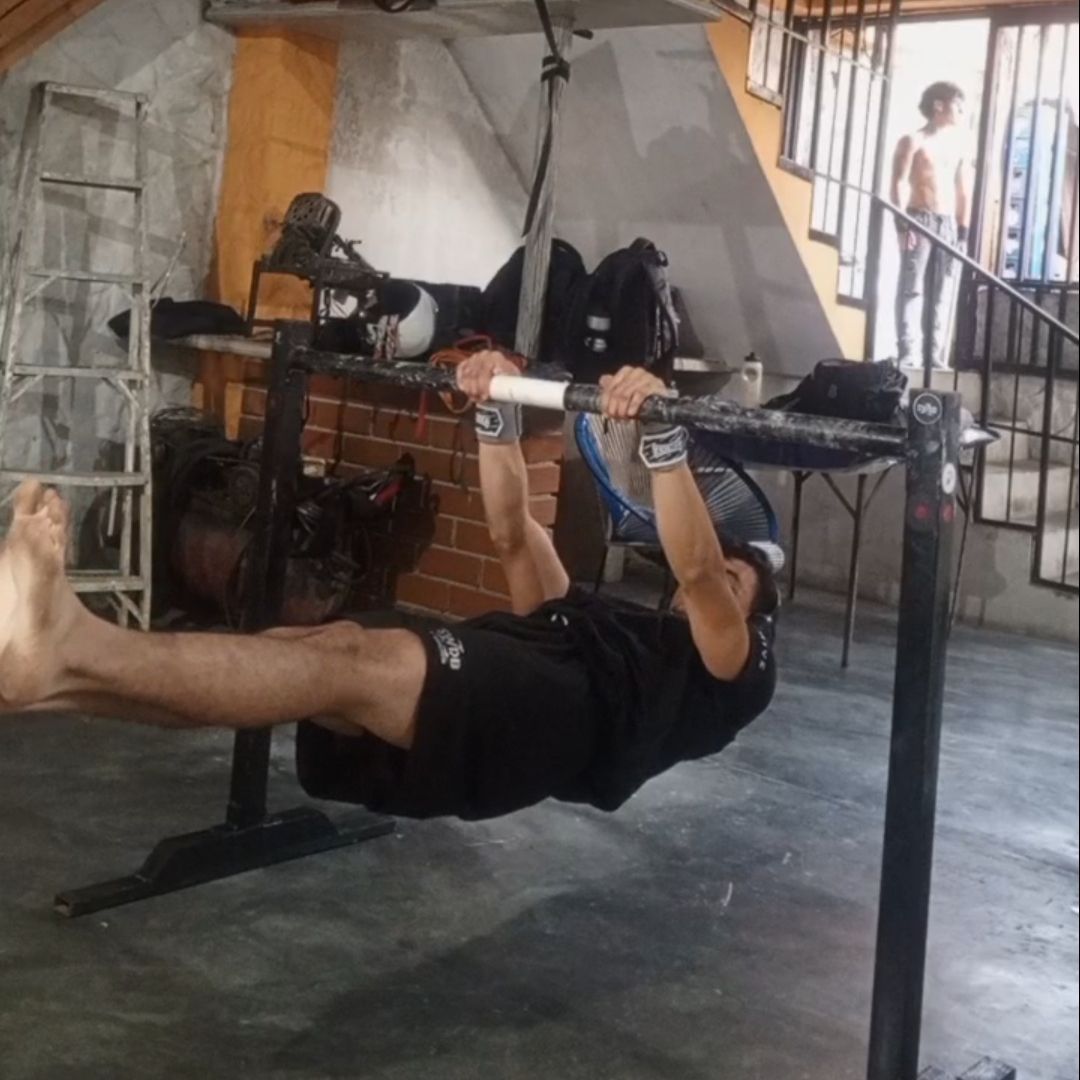| |-|-|  *The biceps aren't simply a decorative muscle, as is sometimes believed. In calisthenics, they're a vital tool for progress, improving performance, and avoiding injuries. Even if we don't isolate them with specific exercises like in traditional gym training, working them through compound movements is more than enough to develop them functionally and aesthetically. I'm omarzv-sw, and this was my post. See you later!*  --- # Spanish
# **El Rol Fundamental del Bíceps** *Desde que comencé a practicar calistenia, me di cuenta de que muchos subestiman el papel del bíceps en esta disciplina. Hay una idea común que dice que en calistenia no se trabaja el bíceps “de verdad”, porque no se hacen curls con mancuernas. Pero con el tiempo, y a través de la experiencia personal, he aprendido que eso no solo es un error, sino que también refleja un desconocimiento profundo de cómo funciona el cuerpo en los movimientos de tracción.* *El bíceps braquial, ese músculo que muchos entrenan por motivos estéticos, tiene una función mucho más relevante de lo que muchos piensan. En calistenia, no es solo un músculo más; es un actor principal en la mayoría de los ejercicios que implican levantar el propio cuerpo.* ||| |-|-|  # **El papel del bíceps en los movimientos de tracción** *Los movimientos de tracción son una base fundamental de la calistenia: dominadas, remos invertidos, muscle-ups... todos requieren un nivel significativo de fuerza en el brazo, especialmente en el bíceps. La función principal del bíceps en estos ejercicios es la flexión del codo, es decir, acercar el antebrazo al brazo para levantar el cuerpo. En otras palabras, cada vez que realizo una dominada o intento sostener una posición estática como el front lever, mi bíceps está ahí, trabajando al máximo.* *Lo interesante es que, aunque en calistenia rara vez se aíslan los músculos como en un gimnasio tradicional, el trabajo que recibe el bíceps es tremendamente efectivo. La contracción constante, tanto dinámica como isométrica, hace que este músculo no solo se fortalezca, sino que también mejore su capacidad de soportar y estabilizar el cuerpo en posiciones complejas.* * **Estabilidad articular y control corporal** *Otro aspecto que no se suele considerar es que el bíceps también tiene una función importante en la estabilidad de las articulaciones, especialmente del hombro y el codo. Durante ejercicios como el front lever o incluso en una simple dominada bien ejecutada, el bíceps contribuye a mantener el brazo alineado y a proteger las articulaciones de sobrecargas innecesarias. Esta estabilidad es fundamental no solo para evitar lesiones, sino también para lograr una buena técnica.* ||| |-|-|  # **Ejercicios para trabajar el bíceps** *Desde mi experiencia, hay ciertos ejercicios que realmente marcan la diferencia en el desarrollo del bíceps dentro del mundo de la calistenia:* **Chin-ups (dominadas con agarre supino):** *Son, sin duda, el ejercicio que más he sentido en el bíceps. El agarre con las palmas hacia mí permite una activación mucho mayor del bíceps braquial en comparación con las pull-ups tradicionales.* **Remos invertidos con agarre supino (Australian chin-ups):** *Este ejercicio fue uno de los primeros que hice cuando aún no podía hacer dominadas. Es excelente para principiantes, y lo sigo incluyendo porque me permite trabajar el bíceps con mayor control y volumen.* **Dominadas con agarre cerrado:** *Aquí el enfoque sobre el bíceps es aún más intenso. Al tener las manos más juntas, siento cómo la carga se traslada directamente a los brazos, lo que también ayuda mucho en la hipertrofia.* * # **ejercicios avanzados** *Cuando me propuse aprender el muscle-up, uno de los primeros bloqueos que encontré fue la falta de fuerza en los brazos. Sabía que necesitaba más que solo potencia en la espalda o un core fuerte: mis bíceps simplemente no estaban preparados para ese tipo de transición explosiva.* *Lo mismo me pasó con el front lever. Pensaba que era solo cuestión de fuerza abdominal, pero con el tiempo entendí que el bíceps, al trabajar de manera isométrica, juega un papel clave en sostener esa posición horizontal. Sin un bíceps fuerte y resistente, avanzar en calistenia se vuelve mucho más difícil.* ||| |-|-|  *El bíceps no es simplemente un músculo decorativo, como a veces se cree. En calistenia, es una herramienta vital para progresar, mejorar el rendimiento y evitar lesiones. Aunque no lo aislemos con ejercicios específicos como en el gimnasio tradicional, su trabajo dentro de los movimientos compuestos es más que suficiente para desarrollarlo de manera funcional y estética. Soy omarzv-sw y esta fue mi publicación. ¡Hasta luego!*  |Thank you for viewing my post we will see you soon💪🏻.|Gracias por ver mi publicacion nos veremos pronto💪🏻.| |-|-| |Credits|Créditos| |-|-| |Images and separators|Imágenes y separadores| |@omarzv-sw|@omarzv-sw| |date|fecha| |17/08/2025|08/17/2025| |Device|Dispositivo| |TECNO SPARK 10 Pro|TECNO SPARK 10 Pro| |Cover created with:|Portada creada con:| |Canva|Canva| |Translator:|Traductor:| |Translate Google|Translate Google| --- # ✨ Success is not the absence of failure, but persistence in spite of it. ✨ # ✨ El éxito no es la ausencia de fracasos, sino la persistencia a pesar de ellos. ✨ --- |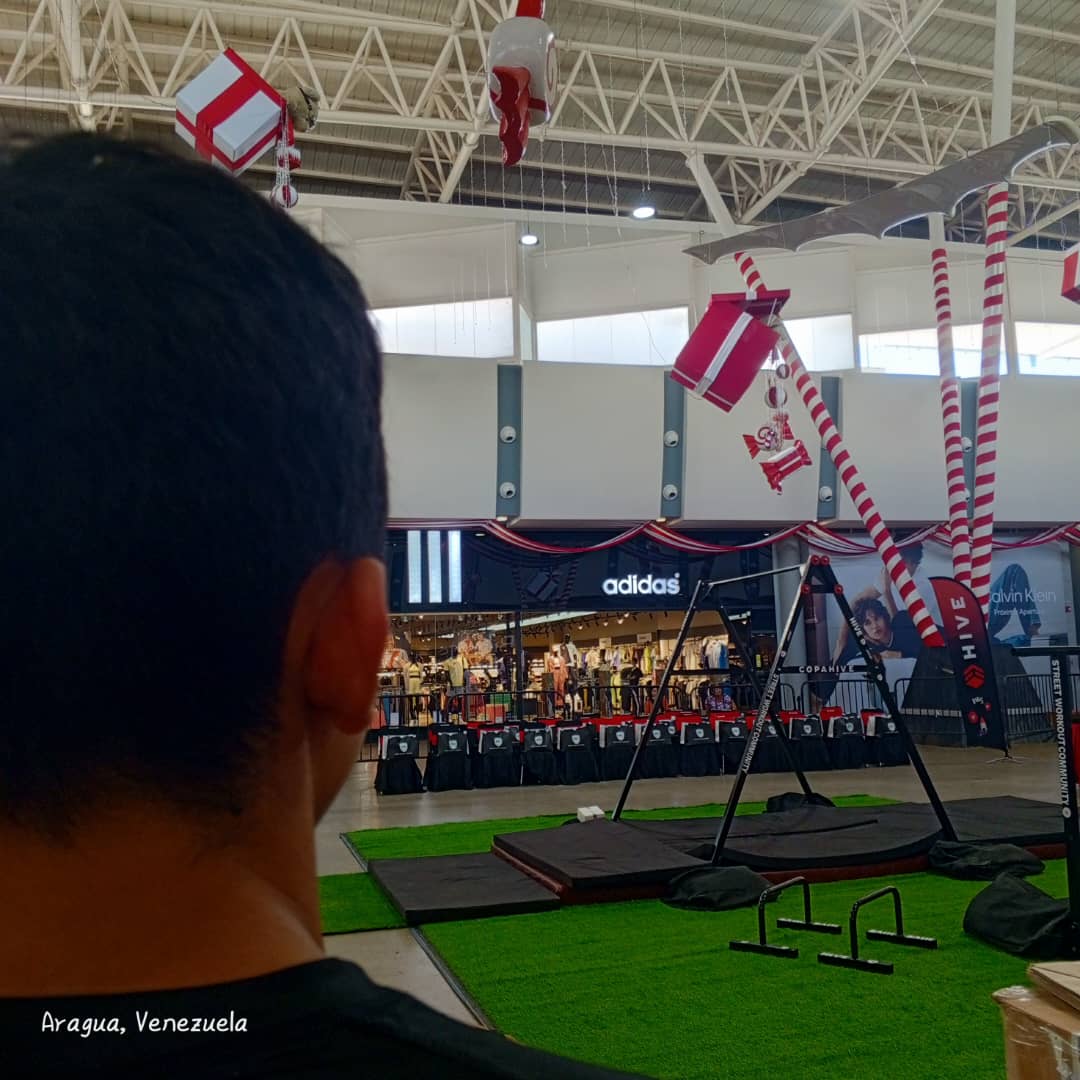.jpeg)| |-| --- |If you liked my content you can visit my social networks|Si te gusto mi contenido puedes visitar mis redes sociales| |-|-| [](https://www.instagram.com/omarv_zg?igsh=aTFzdmNvamQxbWdh) Posted Using [INLEO](https://inleo.io/@omarzv-sw/the-biceps-in-calisthenics-importance-el-bceps-en-la-calistenia-importancia-engesp-gfw)